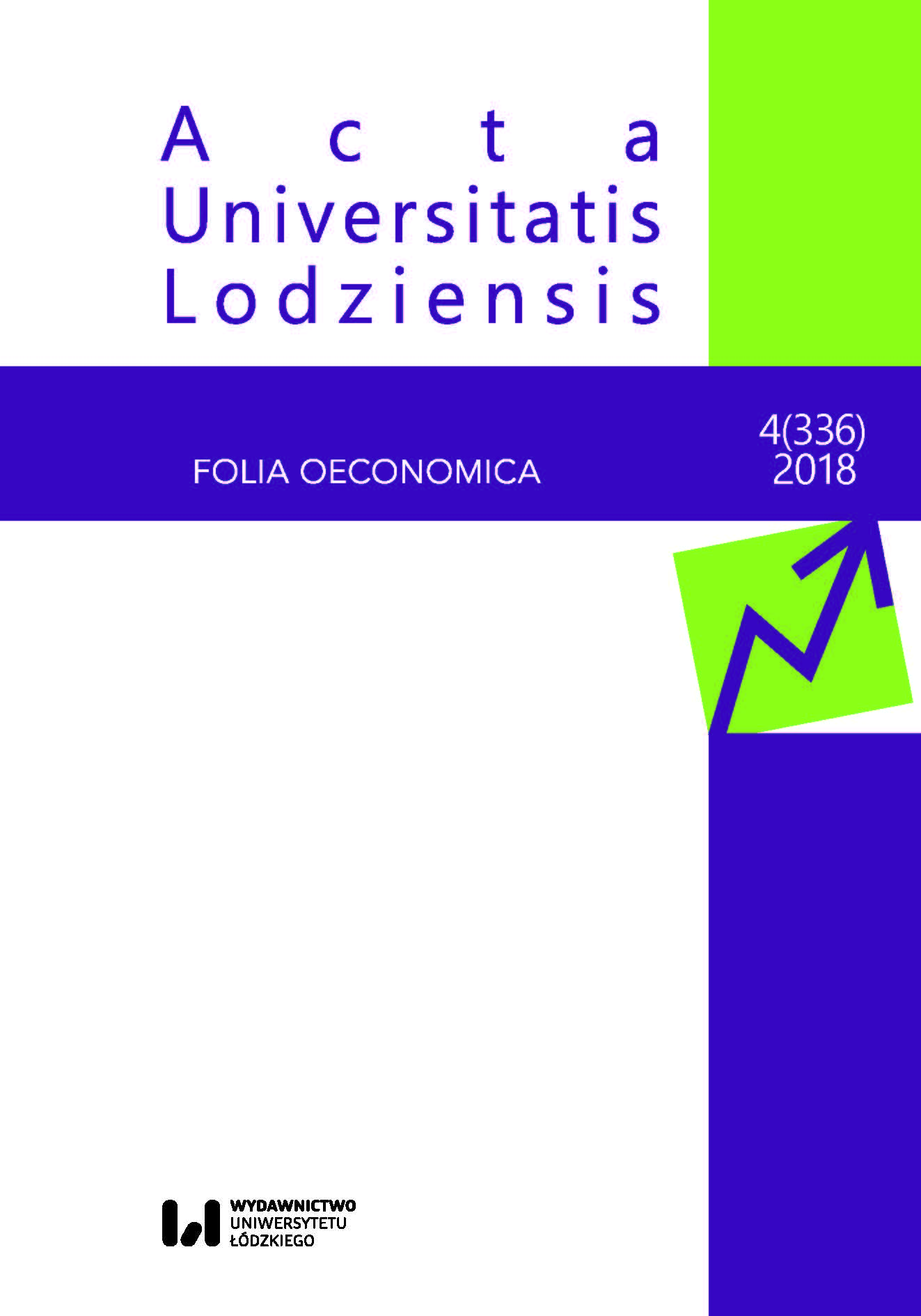Luki dochodowe w systemie pomocy mieszkaniowej dla niezamożnych gospodarstw domowych w Polsce. Wnioski z badań krajowych
Gaps in Housing Assistance for Destitute Households in Poland: Conclusions of the National Studies
Author(s): Zuzanna RatajSubject(s): Economy, Socio-Economic Research
Published by: Wydawnictwo Uniwersytetu Łódzkiego
Keywords: social housing; indigent households; housing policy; social policy; mieszkania społeczne; niezamożne gospodarstwa domowe; polityka mieszkaniowa; polityka społeczna
Summary/Abstract: The system of social housing welfare in Poland is addressed to poor and very poor households. It does not apply to the group of underprivileged households who earn their income that on the one hand disqualifies them from applying for council flat but on the other hand is not sufficient to apply for a mortgage loan to purchase of a flat on commercial market. The response to the needs of such households were the flats available via Social Housing Associations (TBS). The research conducted in 2015–2016 showed the gaps in the system of social housing welfare in Poland. The income criteria that allow for renting particular types of flats – either council flats or TBS flats – are defined in a way that creates an income gap between them. As a consequence, households whose income levels fall into that gap have no possibility to avail of any welfare to satisfy their housing needs. The only possibility for them is to rent an apartment available on the market – with higher rents and often informal type of lease. Moreover, the income criteria that authorize for the rental of a TBS flat are on the same level as those authorizing for a mortgage loan. In this context, can they still be considered a form of housing support? Are the housing welfare solutions available for underprivileged households effective? Do they fulfil their goal? Those questions are addressed by the author in this article alongside other related issues. The research has been conducted within the project entitled “Social housing and its role in fulfilling the housing needs of underprivileged households in Poland” financed by the National Science Centre (2014/13/N/HS4/02100). // System socjalnej pomocy mieszkaniowej w Polsce skierowany jest do ubogich i bardzo ubogich gospodarstw domowych. Pomija on grupę gospodarstw niezamożnych, uzyskujących dochody niekwalifikujące ich do uzyskania lokali z gminy, a także niewystarczające, aby uzyskać mieszkanie na rynku w oparciu o finansowanie kredytem bankowym. Odpowiedzią na zgłaszane potrzeby mieszkaniowe tej grupy miały być zasoby towarzystw budownictwa społecznego. Badania prowadzone w latach 2015–2016 ukazały luki w systemie pomocy mieszkaniowej w Polsce. Kryteria dochodowe uprawniające do najmu poszczególnych typów mieszkań – z zasobów gminy i TBS‑ów – ustalone są w taki sposób, że między jednymi a drugimi powstaje luka dochodowa. W konsekwencji gospodarstwa uzyskujące dochody mieszczące się w tym przedziale nie mają możliwości otrzymania pomocy w formie lokalu mieszkalnego. Pozostaje im najem z puli rynkowej – o wyższych czynszach, z nie zawsze uregulowaną formą najmu. Ponadto kryteria dochodowe uprawniające do najmu lokalu komunalnego i z TBS‑ów są wysokie, sięgają nawet poziomu zdolności kredytowej gospodarstw domowych. Czy zatem rozwiązania w zakresie pomocy mieszkaniowej są dostosowane do zgłaszanych potrzeb i spełniają swoje funkcje? W artykule autorka próbuje odpowiedzieć na to pytanie i inne, powiązane z nim, a także przybliża zaobserwowane problemy. Badania prowadzone były w ramach projektu pt. „Społeczne budownictwo mieszkaniowe i jego rola w zaspokajaniu potrzeb mieszkaniowych niezamożnych gospodarstw domowych w Polsce” finansowanego ze środków Narodowego Centrum Nauki (2014/13/N/HS4/02100).
Journal: Acta Universitatis Lodziensis. Folia Oeconomica
- Issue Year: 4/2018
- Issue No: 336
- Page Range: 87-102
- Page Count: 16
- Language: Polish

